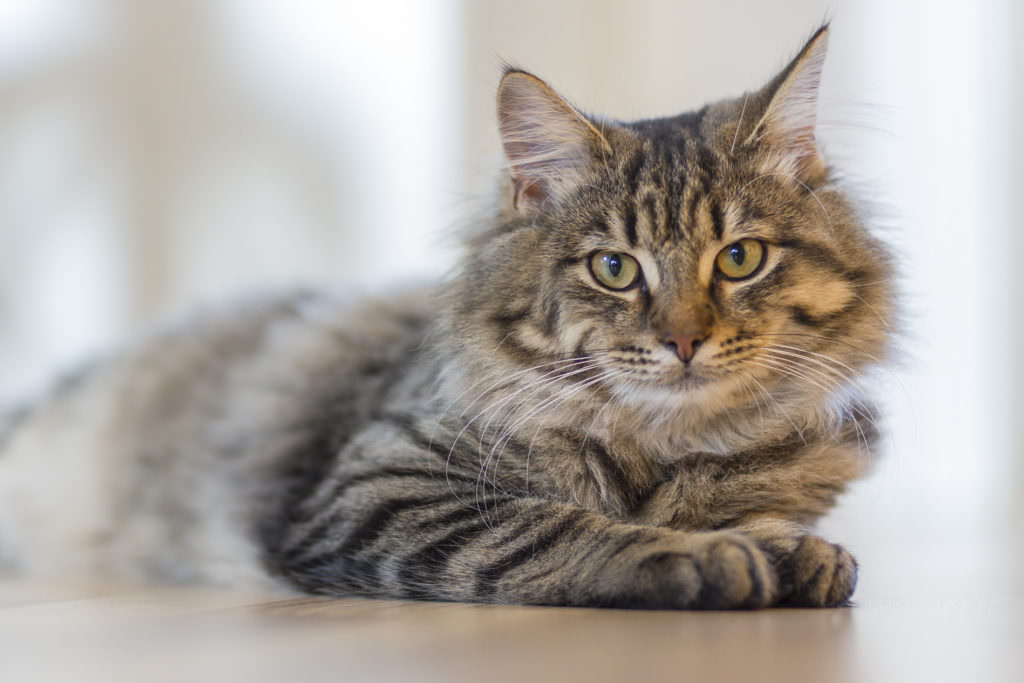Cat Communication
Cats can communicate verbally in many ways. They can meow, purr, chatter or trill. Cats have vocalizations that seem to have been tailored for use specifically for interaction with humans and not typically with other cats. For example when scientist monitor interactions between adult feral cats, many of the sounds and vocalizations that are a part of our daily routine our cats never use. Unsocialized adult cats, living wild, might hiss or growl at one another, but seldom meow and almost never trill. So why does my cat trill you ask?
We can instinctively recognize the underlying meaning of hisses and growls, but hopefully seldom experience them with our own cats as they are usually associated with threat or aggression. We already know that our cats are seeking something with a meow and we recognize that a purr is a sound of contentment.
What is chatter?
A chatter can be explained by a cat’s anatomy and the presence of special glands on the roof of his mouth. He can chatter to pass scents over the glands and gain more information about something, almost like tasting or smelling. But a trill sound is more like meow and purr in that it is a greeting exchanged between friends. A trill is a sound that is frequently used by mother cats to communicate with her kittens and her kittens know her sounds and are able to recognize her voice. 1
Positive Trilling
When your cat trills to you, it is a positive sound. She is greeting you or calling you to her just like she would her kittens or feline family members. You can feel happy knowing that it is a friendly, familiar behavior reserved for very close family. A trill should warm your heart and be considered a greeting filled with love.
If you want to celebrate your trilling cat and help shelter cats, check out our store at iHeartCats where every product helps feed shelter cats.
Sources:
1. Mother-offspring recognition in the domestic cat: Kittens recognize their own mother’s call.Dev Psychobiol. 2016 Jul;58(5):568-77. doi: 10.1002/dev.21402. Epub 2016 Mar 3.Szenczi P, Bánszegi O, Urrutia A, Faragó T, Hudson R.
2. Motor organization of positive and negative emotional vocalization in the cat midbrain periaqueductal gray.J Comp Neurol. 2016 Jun 1;524(8):1540-57. doi: 10.1002/cne.23869. Epub 2015 Sep 9. Subramanian HH, Arun M, Silburn PA, Holstege G.


